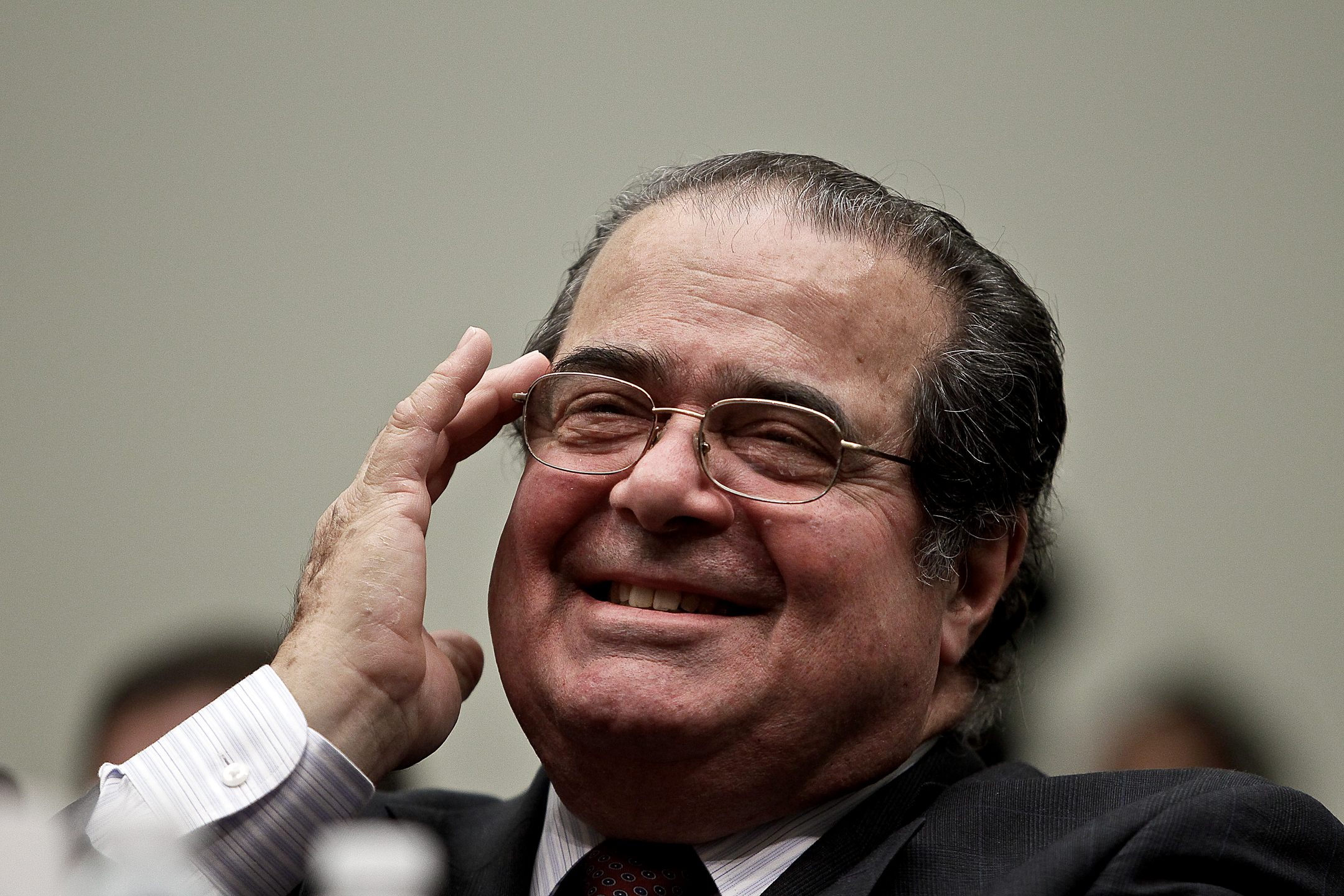What Happens When a Supreme Court Justice Dies in Office?

Antonin Scalia (Photo: Stephen Masker/Wikipedia)
On Saturday, February 13th, Supreme Court Justice Antonin Scalia was found dead, unexpectedly, on a weekend trip in Texas, to a hunting resort.
This made international news for many reasons, none the least because of its unusual nature. In the early years of the court, it was much more common for justices to die while still on the court. But in the last 60 years, it’s become a rare event for a justice to die in office.

And the timing of Scalia’s death, in an election year with a lame duck president in office, makes picking a replacement even more complicated than usual.
Of the 112 justices who have served on the Supreme Court, about half have died while serving on the court. Most recently, William H. Rehnquist died in 2005, about a year after the court made public that he had been diagnosed with thyroid cancer. Before that, though, no justice had died in office since the early 1950s.
Before Rehnquist, the last Supreme Court justice to die in office was Robert H. Jackson, who was appointed to the court by Franklin Delano Roosevelt in 1941. Jackson, who was born in 1892, died of a heart attack in 1954: earlier that year, he had been hospitalized for a serious heart attack but survived, appearing in the court’s fall term. He was buried in Jamestown, NY, near the town where he had grown up, and all eight of the remaining justices traveled on a train with his corpse and with other mourners, to the burial.
This used to be a more common custom: when Chief Justice Morrison Waite died unexpectedly of pneumonia in 1888, six of the other justices rode with his body on a train to Ohio, where he was buried. Waite’s death was a surprise not just because it was sudden; he and those close to him had kept his sickness a secret.
The first justice to die in office was James Wilson, one of the original justices appointed to the court by George Washington. He wasn’t the first of the original justices to depart the court; a few had previously resigned and been replaced. At the time of his death, he was in debt, trying to evade his creditors, and had contracted malaria shortly before a stroke killed him.
Replacing Wilson was relatively simple. John Adams was president at the time and, according to the state-focused politics of the time, thought the seat should be taken by a Virginian. He considered two candidates–future Chief Justice John Marshall, who turned down Adams’ offer, this time, in order to run for Congress, and a student of Wilson’s, Bushrod Washington, who accepted the appointment.
Even until the 1940s, the process of replacing a Supreme Court justice who died in office could be relatively simple and speedy. In 1949, when Justice Frank Murphy died of a heart attack, his successor, nominated by President Truman about a week and a half later, was confirmed within about two months of his predecessor’s death.
But in 1968, when Earl Warren announced his retirement and President Johnson nominated Abe Fortas (already an associate justice) as his successor, the Republican Party opposed the nomination, in part because Johnson was close to the end of his term in office. Warren was eventually replaced by Chief Justice Warren Burger, who was nominated by Johnson’s successor, President Nixon.
This principle, in which the opposing party blocks the Supreme Court nominees of an outgoing president, is known as the “Thurmond Rule” and could apply to any nominee President Obama puts forward to replace Justice Scalia—which Obama promises to do.












Follow us on Twitter to get the latest on the world's hidden wonders.
Like us on Facebook to get the latest on the world's hidden wonders.
Follow us on Twitter Like us on Facebook